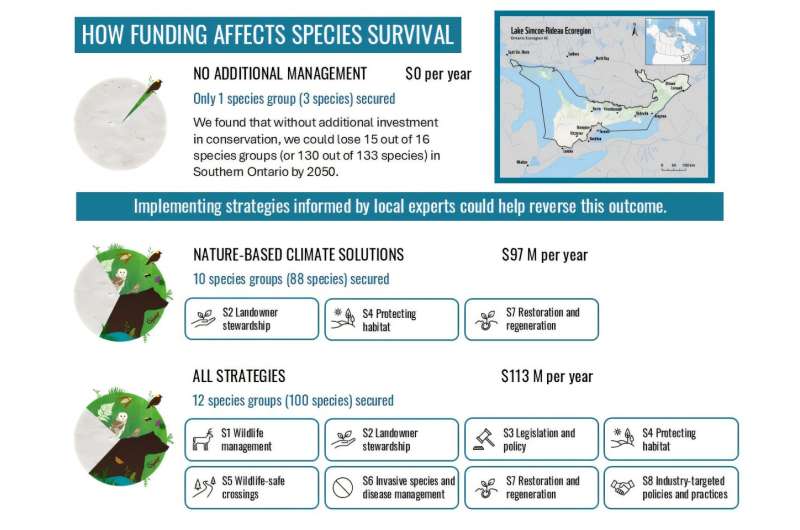A recent study by researchers from the University of Tasmania has shed light on how children learn to use capital letters in English. The research indicates that the rules of capitalization may be more complex for young learners than previously thought. While children are taught to capitalize proper nouns and the first word of a sentence early in their education, the study suggests that mastery of these rules develops gradually through exposure rather than strict application.
More than one-third of the global population uses writing systems that incorporate both uppercase and lowercase letters. In English, capitalization involves recognizing two main clues: the type of word and its position in a sentence. Proper nouns should be capitalized, as should the first word of any sentence. Despite the apparent simplicity of these rules, the study highlights a significant gap in understanding among students, particularly those in Grades 3-6.
Researchers assessed the capitalization skills of 236 English-speaking students from southeastern Australia, spanning Grades 3-6, 7-12, and post-secondary education. The findings revealed that while adolescents and adults generally performed well in recognizing when to capitalize words, younger students exhibited a higher rate of errors. Specifically, students in Grades 3-6 demonstrated a stronger ability to capitalize correctly when given two clues rather than one.
Understanding Capitalization Development
The study involved participants filling in missing words in pre-written sentences, which were read aloud to them. For instance, when presented with the sentence “Tom likes to play tennis,” participants were tasked with writing the missing words. The results indicated that younger students struggled more with capitalization than their older peers. Interestingly, those in Grades 3-6 capitalized better when tasked with writing multiple words in a row, suggesting that focusing on sentence structure aids in their understanding.
Dr. Matthew A. Palmer, one of the lead authors of the study, pointed out that the findings challenge the assumption that children easily grasp capitalization rules after initial instruction. “Our study implies that young spellers pick up capitalization clues gradually,” he stated. “Exposure to reading plays a crucial role in this learning process, indicating that children are consolidating their knowledge over time rather than simply applying rules.”
Implications for Education
The research emphasizes the importance of teaching capitalization not just as a set of rules, but as part of a broader understanding of sentence structure. Teachers can enhance students’ capitalization skills by encouraging them to consider both the meaning of words and their positions within sentences. This approach may involve brief reminders about capitalization clues throughout the school year.
Parents and caregivers are also urged to support their children’s learning by highlighting capitalization in everyday contexts. For example, discussing why certain words are capitalized in books or road signs can reinforce these concepts in a practical manner.
Despite its valuable insights, the study does have limitations. The relatively small sample of 40 test words may not fully represent how children use capitalization in broader writing contexts. Future research could explore how well students apply capitalization rules in their own writing, potentially revealing different patterns of usage.
Moving forward, the research team plans to conduct a short intervention study aimed at improving capitalization skills among students in Grades 3-6. This initiative will help determine the effectiveness of targeted reminders about capitalization rules, guiding educators on the best methods to reinforce these fundamental writing skills.
This study, titled “Capital Gains: Effects of Word Class and Sentence Position on Capitalization Use Across Age,” was published in the journal Child Development. Through this research, experts hope to deepen the understanding of how children learn and apply capitalization rules, ultimately contributing to their overall literacy development.







